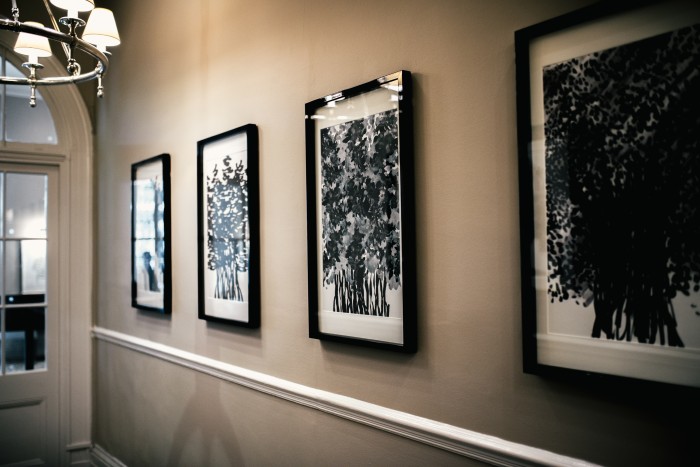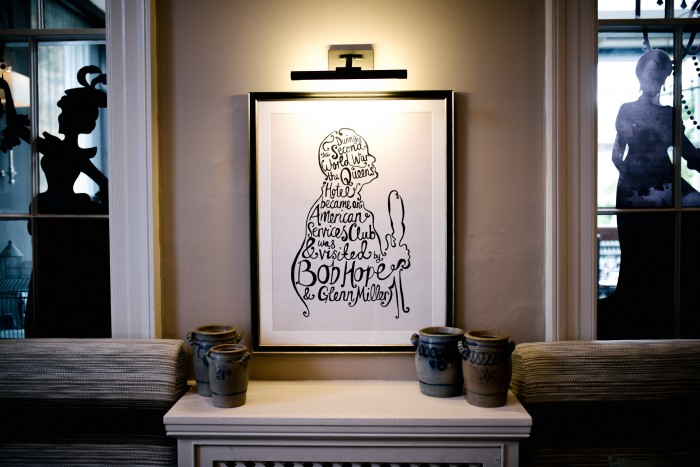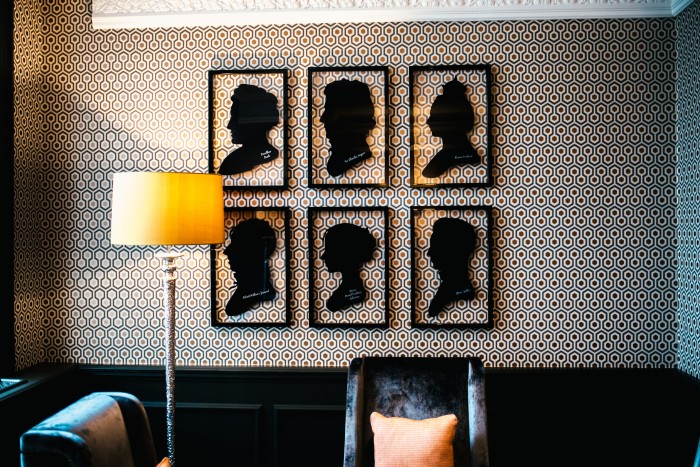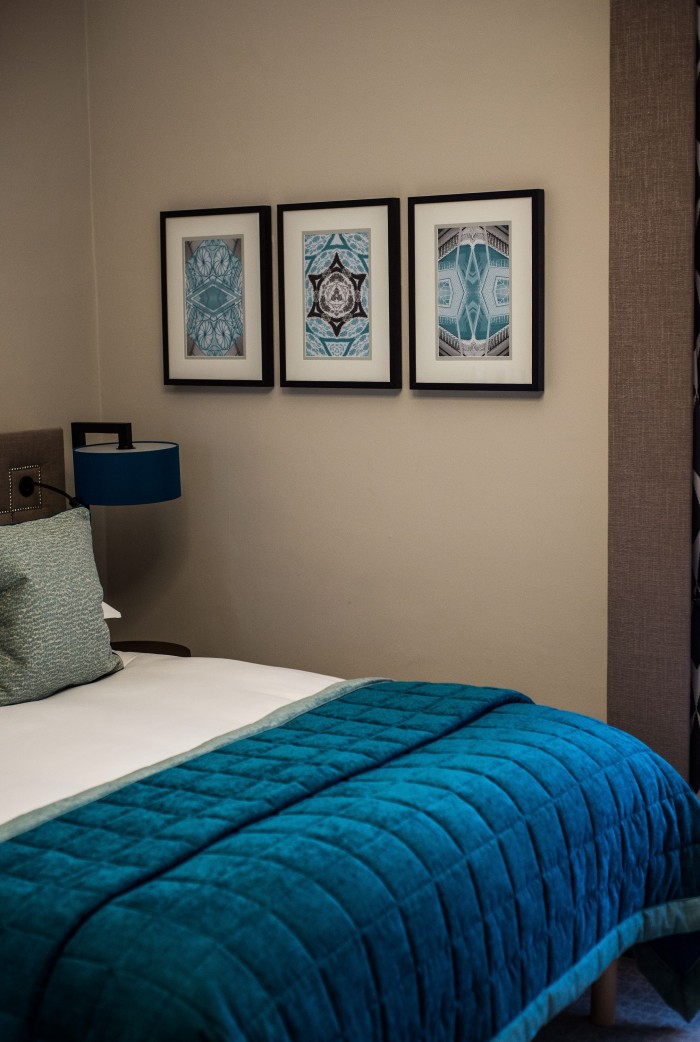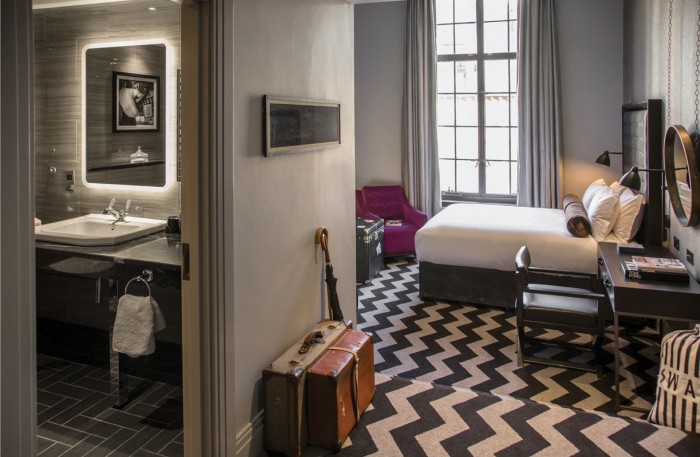Q&A with Katie Walter, Elegant Clutter
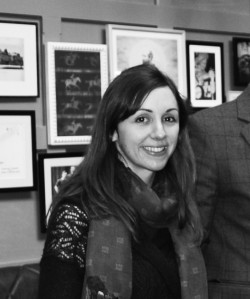 Katie Walter is Elegant Clutter’s Artwork Design Manager. Katie’s studied Graphic Design
Katie Walter is Elegant Clutter’s Artwork Design Manager. Katie’s studied Graphic Design
at Kingston University and worked in a London retail design agency before joining Elegant Clutter in 2013. Katie and her team of 5 Artwork designers employ a broad mix of graphic, illustrative and fine art techniques to create content for EC’s bespoke projects. Her typical day in the EC design studio will include organising the work flow, checking current artwork progress, taking briefs from the company’s Project Managers and working on digital illustration pieces.
Why is design so important to you?
As Artwork Design Manager, I help guide our team to create bespoke artwork for our hospitality clients. I find the creative process really inspiring – it makes us all constantly view with fresh eyes. It makes you feel alive! But it’s also how we transform an idea into something that will actually work for a project. This other side to design is about being disciplined and facilitating projects.
What do you think makes good design? Or good artwork?
Good design is so many different things to different people. I think it’s about accurately visualising something that will improve an environment. It all comes back to getting the detail right. In my role, it means an artwork piece that will perfectly complement it’s surroundings. Good artwork should be noticed by the guest and become a talking point. I think it’s having the desire to start again with a blank canvas each time. So we also need to be confident and brave to create good artwork!
“Good design is so many different things to different people. I think it’s about accurately visualising something that will improve an environment.”
Who or what has been your biggest inspiration?
I am lucky to be surrounded by a team of artists and designers who inspire me on a daily basis.
What is your favourite part of a project? Also any favourite projects?
I think all of us working in the EC Design Team enjoy the initial creative stage of the project. Coming up with the initial idea and then doing further research can be a bit of an adventure and I like that.
“There was a lot of original illustration work which we were able to combine with digital techniques.”
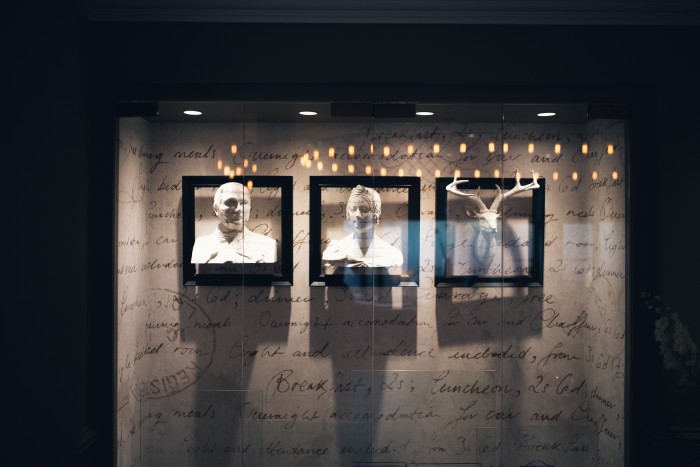
My favourite projects to date would be the M Gallery projects at Windsor and Cheltenham that we completed with Trevillion Interiors and Accor. The buildings in these locations had a rich history which we re-interpreted with many contemporary mixed media ideas. There was a lot of original illustration work which we were able to combine with digital techniques. The whole team got involved and we innovated new techniques as we worked through the project.
We are all about hotels this month, how do you feel the specification of artwork has changed in hotels?
I’m glad the days of meaningless catalogue art are running out. Art for hotels is almost always location relevant nowadays and so now we help tell a story. We are not really limited to any particular medium so it is very open and creative. For more budget conscious projects, we often design a range of digital prints or a feature digital mural. Digital technologies have really opened up the options. For projects that have a higher spend, we create layered artworks, mixed media pieces and wall sculptures. The term ‘artwork’ itself is becoming wider. We find that we are increasingly asked for help on designing and producing things like divider screens, hanging features and printed furniture items.
“Art for hotels is almost always location relevant nowadays and so now we help tell a story.”
And lastly because it is hotel theme on the site:
How do you think guest rooms and guest suite have evolved? And are you seeing major differences between budget and Luxury hotels?
Guest rooms and suites are becoming more relaxed in style. The environment is increasingly influenced by residential trends and it’s all mixing up now. Even sumptuous suites in traditional period buildings are being refurbished with much calmer colour schemes and with simple treatments. There is a growing requirement for us to help make a room less ‘big corporate’ and give some character.
“Design trends such as ‘Industrial chic’ are just as likely to be incorporated into luxury projects as in budget ones so inspiration points can be the same sometimes.”
Both budget and luxury hotels are incorporating more quirky touches to get noticed and carve out a niche. Design trends such as ‘Industrial chic’ are just as likely to be incorporated into luxury projects as in budget ones so inspiration points can be the same sometimes.





